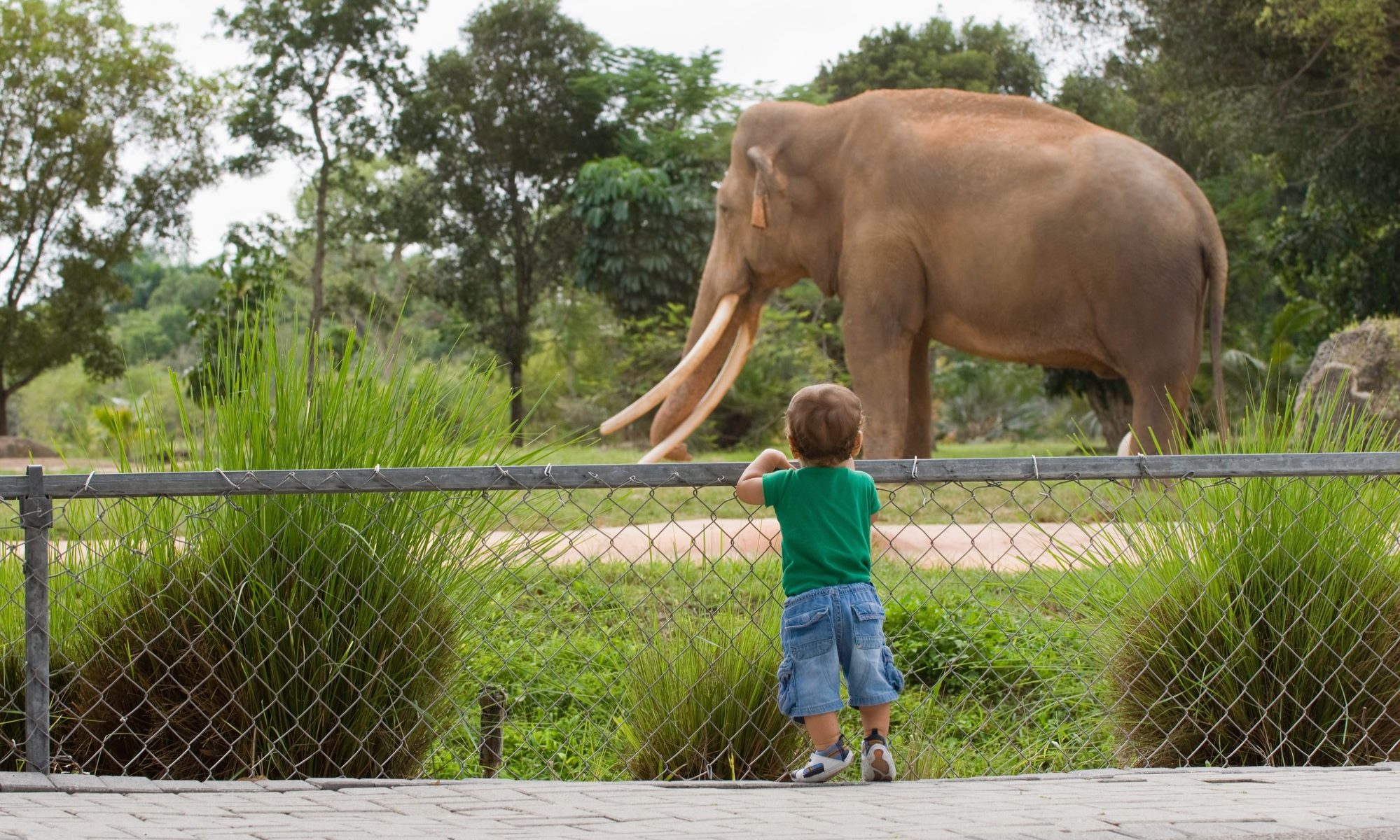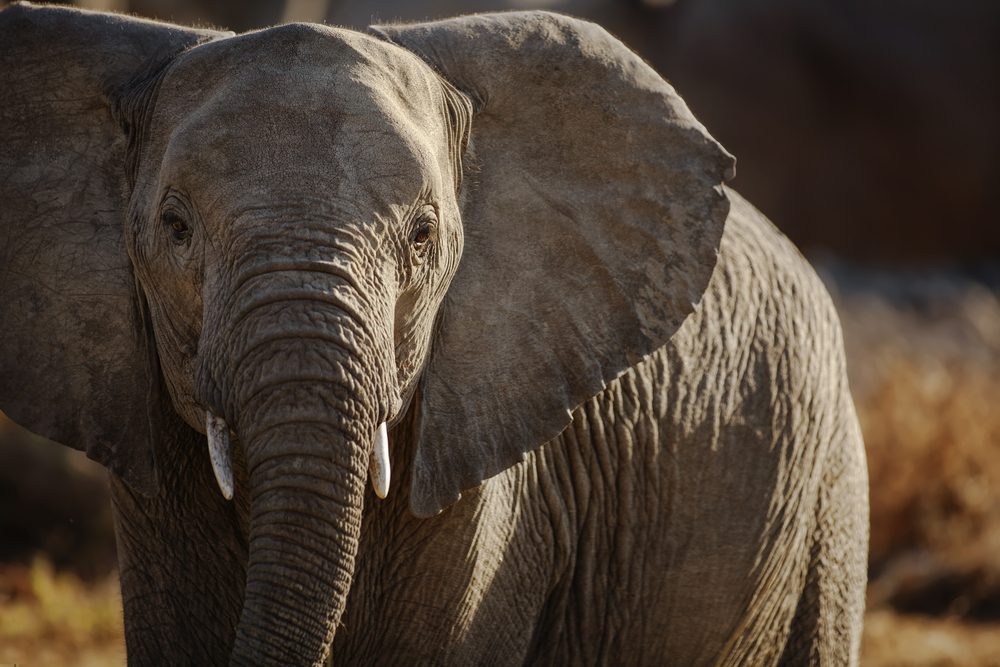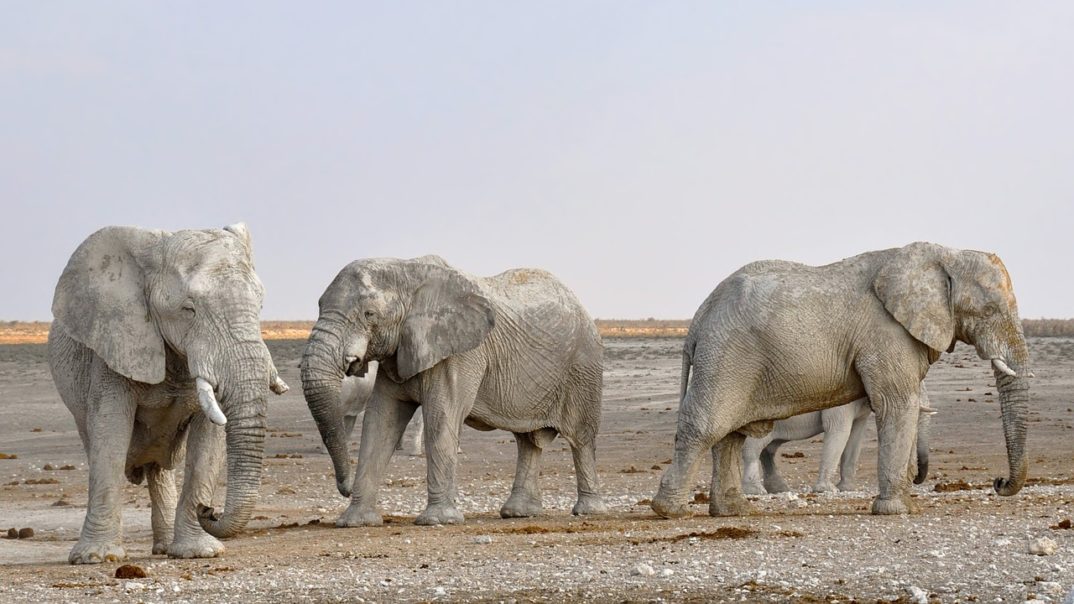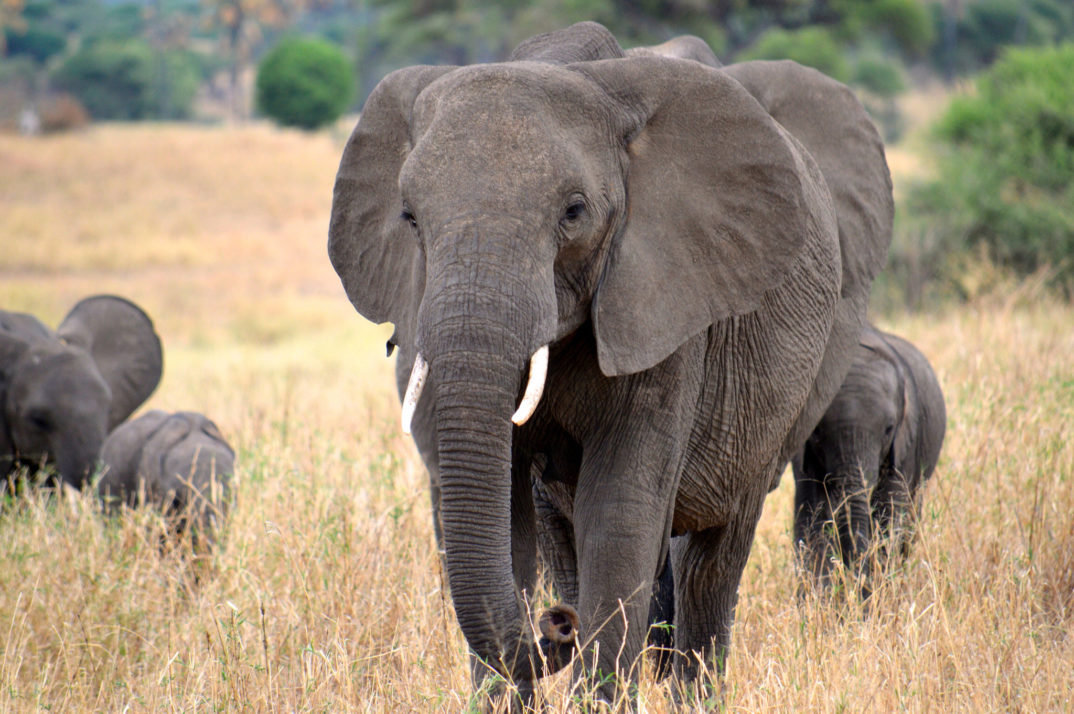Many ethical debates are about “getting the facts right” or “trusting the science,” and this sentiment is driven by a presumed difference between political and ethical values and facts. This can be problematic because it naively assumes that facts are never a product of values or that values can’t be a product of fact. This can lead to mistakes like thinking that evidence alone can be sufficient to change our thinking or that the way we value things shouldn’t be affected by the way the world is. Ethical inquiry requires us to consider many questions of both fact and worth to draw conclusions. To demonstrate, we will consider the recent case of Happy the elephant and whether it makes sense to call her a person.
While it is tempting to think of values as being something entirely personal or subjective, in reality most discussion and debate about values is far more nuanced and complex than that. Determining the value of something, whether it’s going for a walk or eating a candy bar, involves considerations of function, worth, and means.
Eating a candy bar has the function of providing sustenance and a pleasant taste. The worth of the bar will be determined by considering the means required to attain it compared to the worth of other things I could eat. If the cost of the candy bar goes up, the means required to attain it becomes dearer. While the candy bar provides necessary energy, it is also harmful to my health, and so I re-evaluate the worth of the bar.
People may differ over the value of the candy bar, but the disagreement will likely hinge on the different functions the candy bar has in life. But notice that function and means – two essential considerations for valuation – are factual in nature. To ask what the candy bar will do is to ask what it is good for. In other words, any thought about worth inevitably involves factual considerations. Often, the reason we want people to avoid misinformation or to trust expertise has to do with the ethical concerns rather than the factual concerns; we expect facts to moderate the way things are valued and thus the way we act.
But what about facts? Aren’t the facts just the facts? Well, no. There is no such thing in science as the “view from nowhere.”
We don’t study every part of the natural world; we study things we are interested in. Our investigations are always partial, infused with what we want to know, why we want to know it, and what means we have available to try to find an acceptable answer.
The risk that we over-generalize our findings – start making pronouncements about the world and forget about our practical aims in research – suggests that facts alone cannot settle ethical debates. Just like values, a fact is defined by function, worth, and means. Indeed, many concepts are “thick” in that they perform a dual function of both describing something while also offering normative content. “Cruel,” for example, is often used both normatively and descriptively. But what about “person?”
Recently a New York court ruled that an Asian elephant named Happy is not a person. The case began after the Nonhuman Rights Project filed a petition against the zoo holding Happy, arguing that Happy’s confinement was a violation of habeas corpus because Happy resides in a solitary enclosure. They demanded recognition of Happy’s legal personhood and her release from the zoo.
Habeas corpus – a person’s legal protection from unlawful detention – has historically been used to push legal boundaries. One of the most famous cases is Somerset v. Stewart, which found that a slave could not be forcibly removed from England and so was ordered to be freed. This suggests that “person” is often a “thick” concept that not only describes something, but also inherently (especially legally) contains normative elements as well. In the end, the court, found that Happy was not a person in the legal sense and was thus not entitled to invoke those rights.
Those who supported Happy’s case emphasized that elephants are intelligent, cognitively complex animals. The Nonhuman Rights Project argued that elephants share numerous cognitive abilities with humans such as self-awareness, empathy, awareness of death, and learning. Happy was the first elephant to pass a self-awareness indicator test. In addition, several nations such as Hungary, Costa Rica, Argentina, Pakistan have taken steps to recognize the legal rights of “non-human persons.” The argument is that because these animals are intelligent enough to have a sense of their own selves, they are entitled to the robust liberties and protections afforded by the law.
But the question is not whether Happy meets some cosmic notion of personhood, but an instrumental question of what function we want the concept of “person” to perform.
The question for the court was to determine the worth of competing conceptions of “personhood” which would perform different social functions (one which extends to animals and one which doesn’t), and which involve very different means in operation. For example, a legal person is usually someone who can be held legally accountable. A previous ruling in a similar case held that “the asserted cognitive linguistic capabilities of a chimpanzee do not translate to a chimpanzee’s capacity or ability, like humans, to bear legal duties, or to be held legally accountable for their actions.”
The issue of cognitive complexity in relationship to personhood is not static – simply meeting a given threshold of intelligence is not enough to warrant designation as a “person.” There are practical considerations that bear on the matter. Changing our conception of personhood would, as one justice noted, “have an enormous destabilizing impact on modern society.” It’s difficult to know what legal obligations this might create or how far they could extend. What would happen, for example, if there was a conflict of legal rights between a human and non-human person? The issue is thus not whether Happy should be treated well, but whether the concept of personhood is the right tool for sorting out these difficult ethical problems. Similar controversies crop up in the debate about extending rights to nature.
In other words, when we consider cases like this it will never simply be as simple as saying a fact that “elephants are cognitively intelligent” or proclaiming that “elephants should be protected.” As a “thick” concept, the definition of “personhood” is always going to depend on the practicality of the concept’s use in our particular social world. But if the problem with extending certain rights to elephants is problematic because of the stress it places on the function of the concept, then perhaps seeking to label elephants as “persons” is unhelpful. It simply isn’t going to be enough to point to evidence of cognitive awareness alone. When we consider what we want the concept “person” to do for us, we may find that by paying attention to the intended function we can achieve it more effectively with another ethical notion, such as the UK potentially granting rights to animals on the basis of “sentience.”




